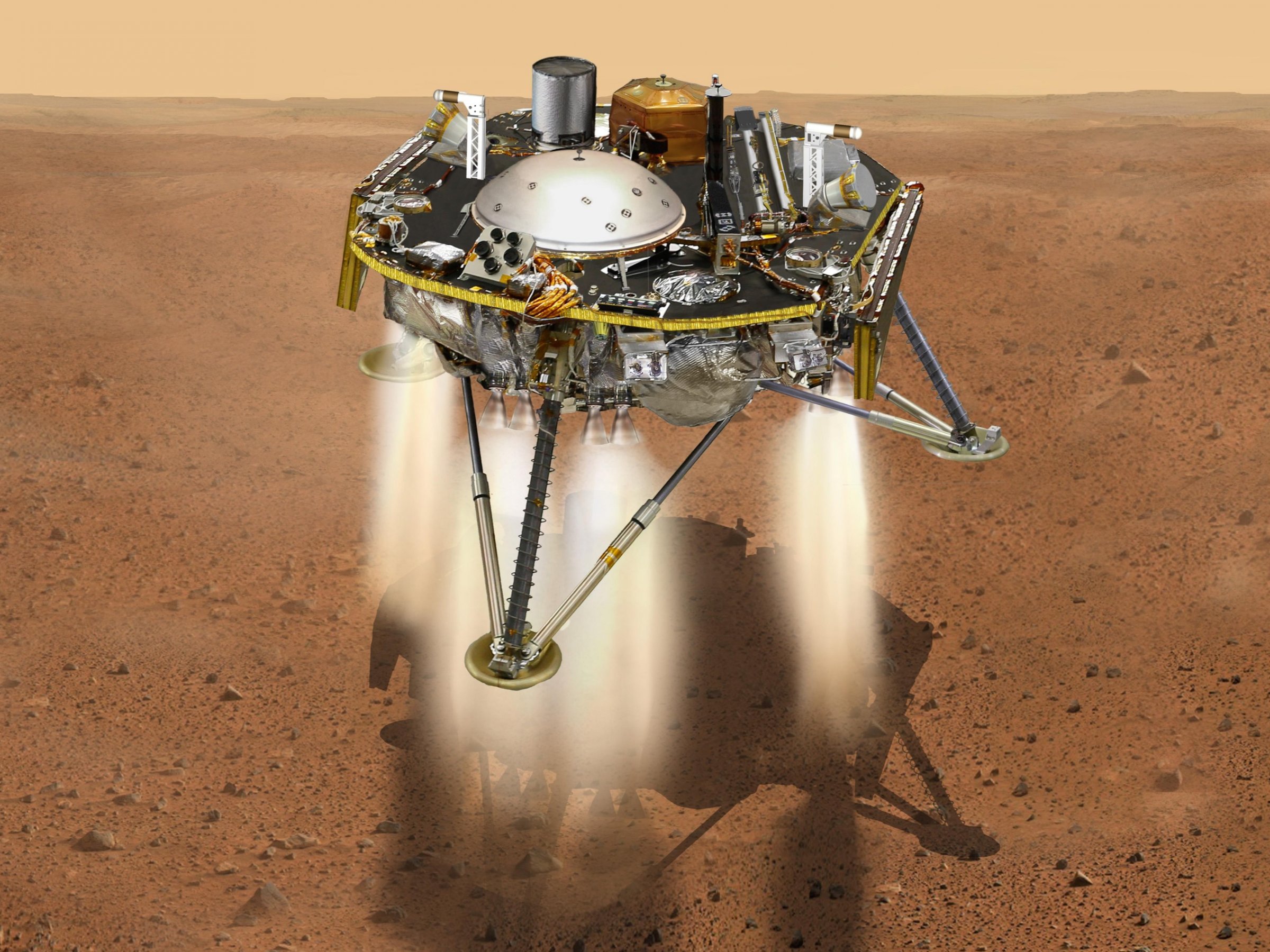On Monday, November 26th, it will endeavor its eighth, when it attempts to arrive the $830-million InSight rocket on Elysium Planitia, a tremendous plain only north of the Martian equator.
In the event that NASA is effective, InSight (short for Interior Exploration utilizing Seismic Investigations, Geodesy, and Heat Transport) will be the main mission to examine Mars’ profound inside with warm tests and seismometry, a methodology researchers ponder the red planet’s development and structure.
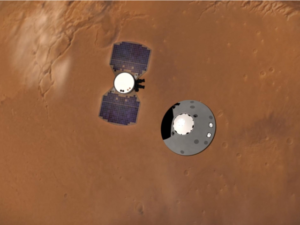
Monday, November 26 at 11:47 am PT
For InSight, the activity will start Monday, November 26th at around 11:47 am PT (2:47 pm ET). That is the point at which the lander is to hit the highest point of Mars’ environment, at an elevation approximately 43 miles over the planet’s surface. On contact, the shuttle will blast along at a not really cool 5500 meters for each second. That is 12,300 miles for every hour.
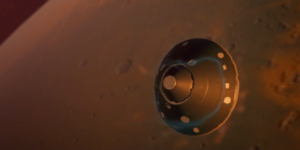
11:49 am PT
Those temperatures will top out somewhere in the range of 90 seconds after InSight identifies the highest point of Mars’ environment, at roughly 11:49 am. Around a similar time, InSight will encounter its pinnacle deceleration powers, with extents moving toward multiple times that of gravity here on Earth. For reference, individuals exposed to as meager as 4 gs can lose cognizance in only seconds. Understanding may well experience its very own adaptation of a power outage: The warmth now of environmental section will be so exceptional, NASA engineers foresee that it could charge gas around the shuttle, prompting impermanent obstruction of its radio connection to Earth.
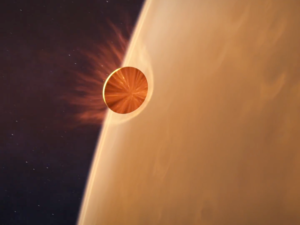
11:51 am PT
Contingent upon neighborhood climate conditions (dust storms are regular on Mars this season—another projection represented by InSight’s warmth shield), the chute, which estimate 11.88 meters in distance across and is fastened to the rocket by 40 suspension lines, ought to send around 11:51 am. After ten seconds, the shuttle’s arrival radar will start to come on the web.
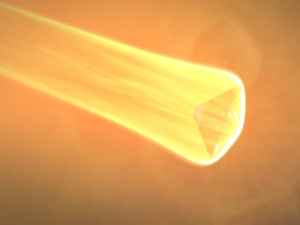
11:54 am PT
In the last fifteen seconds, InSight will dive from a height of 164 feet, at the same time moderating its vertical speed from 17 to 5 miles for each hour: its touchdown speed. That last thud, which ought to happen around 11:54 am PT, is in charge of compacting InSight’s stun retaining legs, in this manner enacting sensors at the highest points of its swaggers. Setting off those detector cuts the lander’s rockets and send two consecutive signs—one to demonstrate that the automaton has landed, and a next, after seven minutes, to convey that the robot is practical.
Source: Business Insider India, Business Insider UK and WIRED


